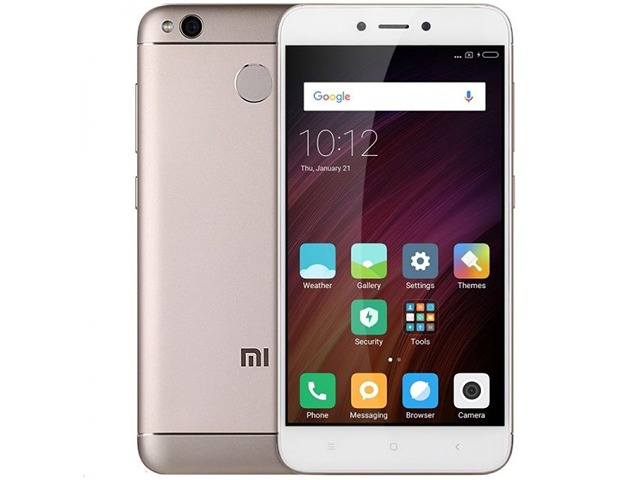Your Xiaomi Redmi 4 (4X) Review to Get the Needed Info
When you are going to purchase a new cellular phone, this Xiaomi Redmi 4 (4X) review can help you to understand all those confusing jargon and specifications which you’ll find in Xiaomi Redmi 4 (4X) brochure, e.g. storage capacity, Exynos chipset, battery performance (mAh), and display specifications.
Xiaomi Corporation announced Xiaomi Redmi 4 (4X) mobile phone model on 5/1/2017 and Released it in 2017, in May. However, this model’s status in the market is Available.
Xiaomi Redmi 4 (4X) has 5.0 inches, a 68.9 cm2 screen size, and Corning Gorilla Glass (unspecified version) as display protection that is designed to protect the screen when the phone drops on hard and rough surfaces.
Xiaomi Redmi 4 (4X) has 16GB 2GB RAM, and 4100 mAh battery life (the more mAh value gives more strength to the battery). When you buy Xiaomi Redmi 4 (4X), you will gain a 13 MP, f/2.0, PDAF rear camera and a 5 MP, f/2.2 selfie camera.
Xiaomi Redmi 4 (4X) comes with the following performance and platforms:
* Android 6.0.1 (Marshmallow), upgradable to 7.1.2 (Nougat), MIUI 11 operating system,
* Qualcomm MSM8940 Snapdragon 435 (28 nm) Chipset,Octa-core 1.4 GHz Cortex-A53 Processor.
To get a full good Xiaomi Redmi 4 (4X) review and make a wise decision on what device you will buy, continue reading the following lines.
Know All About Body Features In This Xiaomi Redmi 4 (4X) Review
People are often interested in the mobile phone’s body features, which prompted most mobile phone production companies to use a significant part of the company’s research and budget to evolve this aspect of cellular phones so that it fits all the aspirations of the consumer. In the following lines, you will find the Xiaomi Redmi 4 (4X) review, which will sort out the most important details related to the body of this device.
* Body Dimensions: 139.2 x 70 x 8.7 mm (5.48 x 2.76 x 0.34 in) which mean height, width, and thickness (depth) respectively.
* Body Weight: 150 g (5.29 oz).
For smartphones, a weight between 140g to 170g is considered suitable for most customers.
* Body Build: Glass front (Gorilla Glass), aluminum back, aluminum frame, plastic ends.
Here are the most popular body types of cellular phones:
* Metal. In order to give the inner parts of cellular phones the maximum protection, some manufacturers build the phones’ bodies out of metal..
* Glass. Devices whose body is made of glass may look more appealing, but this kind is not considered sturdy when dropping on hard surfaces.
* Plastic. This type is very functional, so it is the most widespread one in the industry of mobile phone bodies.
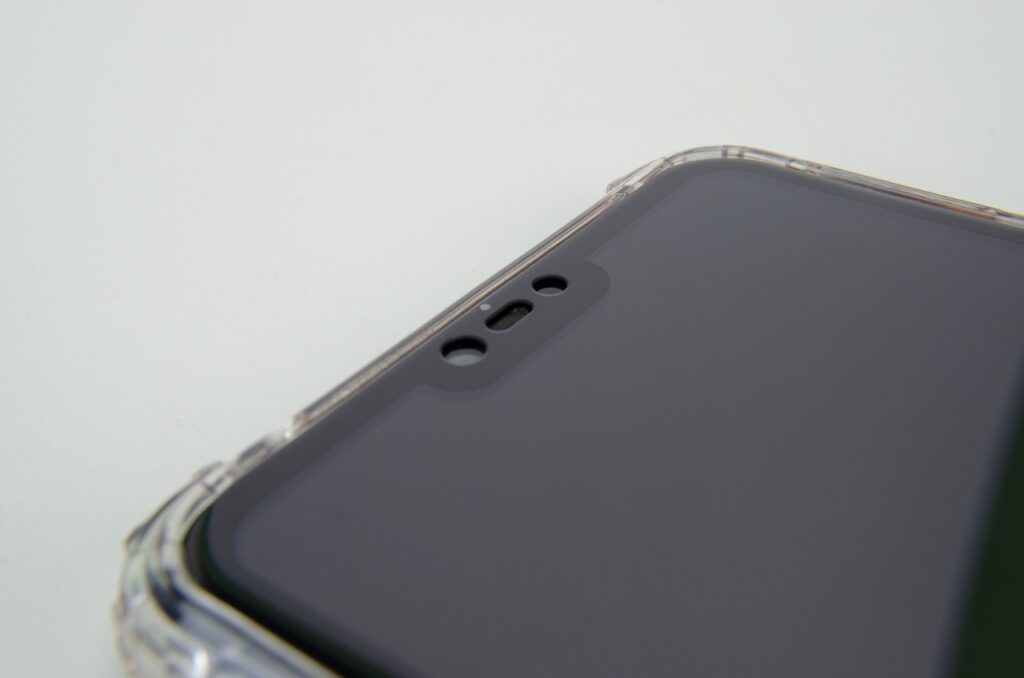
The Available Colors – Xiaomi Redmi 4 (4X) Review
Choosing the color of the smartphone does not affect the quality of its work or the effect of heat on its internal components, so the color can be selected according to your taste or the way in which you utilize your phone.
Xiaomi Redmi 4 (4X) comes in the following colors: Black, Gold.
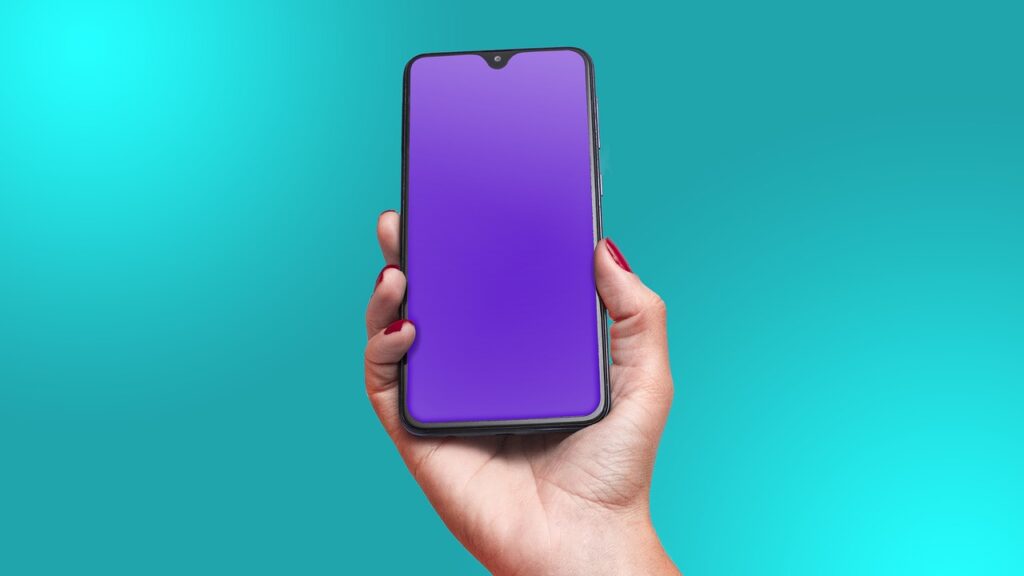
Xiaomi Redmi 4 (4X) Review In Terms of Display features
As mobile phone innovations evolve quickly, it is hard to identify any smartphone or combination of characteristics as the best. This applies to the quality and specs of the screen. In fact, choosing it depends on your preference and the areas in which you use mobile phones. In the following lines, we will explain the essential screen features of the Xiaomi Redmi 4 (4X)
Display Type: IPS LCD – Always select a screen type that gives proper black and more shining colors.
Display Size: 5.0 inches, 68.9 cm2 – The common standard screen size of cellphones now averages between 4.7 and 6.5 inches.
Screen To Body Ratio: (~70.7% screen-to-body ratio). It provides the percentage of how much the screen covers the front side. Smartphones that have the largest screen-to-body ratio look delicate and give it a premium look.
Display Ratio: 16:9 ratio. the Aspect ratio is the relevance between the height and width of the smartphone screen. Taller aspect ratios like 19.5:9 is coming with the most modern smartphones, and it is suitable for web browsing, and other portrait orientation apps.
Display Resolution: 720 x 1280 pixels. It is the clarity of an image video in detail and sharpness. The pixel resolution for high-definition screens is 1920 x 1080.
Display Density: (~294 ppi density). It is the number of physical pixels per inch on a screen, and is measured in Pixels Per Inch (ppi).
Display Protection: Xiaomi Redmi 4 (4X) comes with the following display protection:
* Corning Gorilla Glass (unspecified version)
* Corning Gorilla Glass (unspecified version).
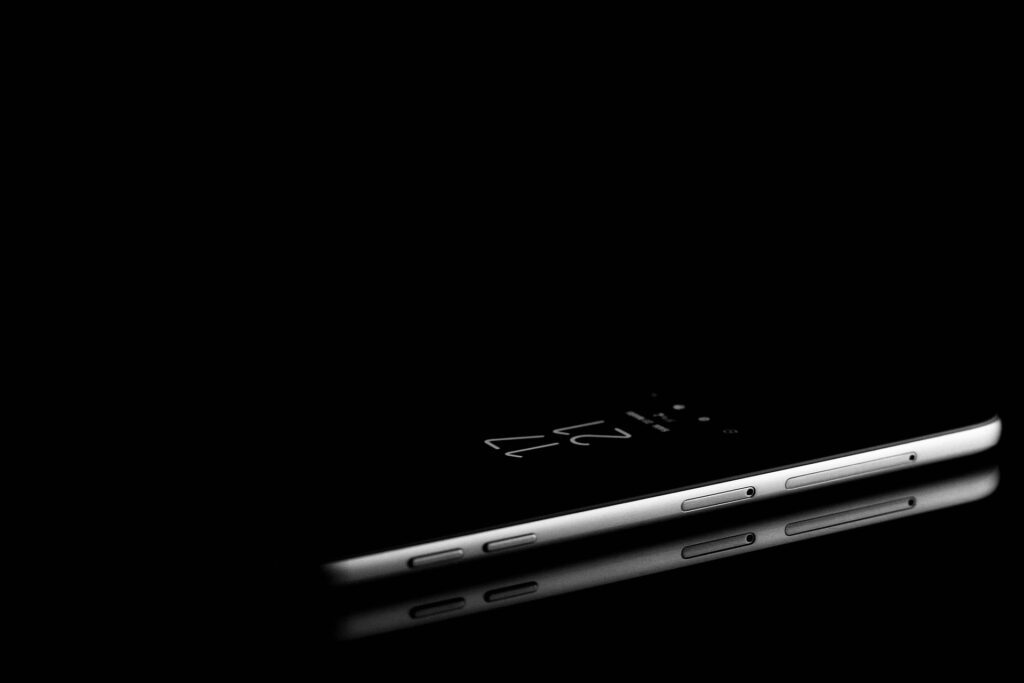
Xiaomi Redmi 4 (4X) Review – Understanding Camera Terms and Specifications
In the following lines, you will find Xiaomi Redmi 4 (4X) review about the main cameras.
* Main Camera Single: {13 MP, f/2.0, PDAF}.
The following lines sort out some of the symbols included in the camera features:
MP (Megapixels) is the resolution of the image taken by a smartphone.
(f value) is the aperture of a lens that indicates how much light it lets in. A bigger aperture lets in more light, whilst a smaller aperture lets in less light..
(mm value) This measurement is of the lens’s focal length, which affects the final image that is produced by your camera.
AutoFocus (AF) is the function of a camera to automatically focus on a subject.
The main camera features are as follows:
HDR, panorama, 1080p@30fps main video camera.
In the following lines, you will see the Xiaomi Redmi 4 (4X) review of the selfie camera:
* Selfie Camera Single: 5 MP, f/2.2
The main camera characteristics are:
1080p@30fps Selfie video camera.
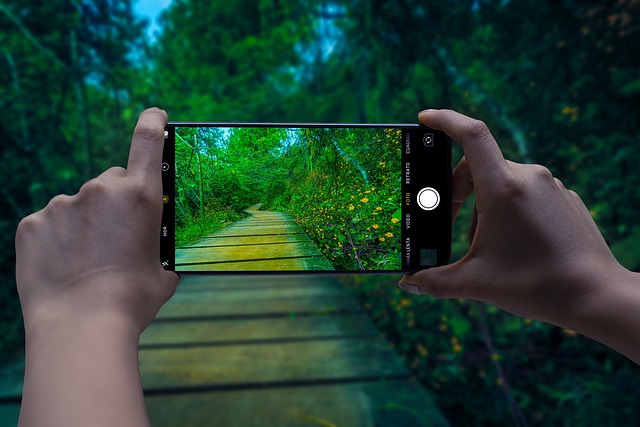
Knowing The SIM Specs By Reading Xiaomi Redmi 4 (4X) Review
A SIM card, also known as a Subscriber Identity Module, is a microchip that stores information including user identity, phone number, network authorization data, personal security keys, and contact lists. A SIM card connects a cellphone to a specific mobile network to use its functions, like making calls, and connecting to internet services such as 3G, 4G LTE (please refer to Xiaomi Redmi 4 (4X) 3G or Xiaomi Redmi 4 (4X) 4G articles ) and 5G, or sending SMS messages. Please note that it’s possible to use your cellphone without a SIM card as a personal assistant device.
This mobile phone model comes with Hybrid Dual SIM (Nano-SIM/ Micro-SIM, dual stand-by) card. For more info, refer to the How to insert SIM card in Xiaomi Redmi 4 (4X) article.
Here are the common SIM card types:
* Nano-SIM. It is the smallest removable SIM card size, so it is the most modern one (other than eSIMs, which we’ll read about it very soon) and it’s used by the vast majority of current cell phones.
* Micro SIM. They have a slightly larger chip, and they haven’t been utilized too often recently.
* Standard SIM (Mini-SIM). It is the biggest SIM card size in use, and it’s the most rarely used.
* eSIM. It is an embedded SIM card, i.e., you can’t take it off of your device.

Chipset, CPU, and GPU – Xiaomi Redmi 4 (4X) Review
This model has a Qualcomm MSM8940 Snapdragon 435 (28 nm) chipset.
Advanced embedded chipsets in smartphones allow the performing of many different tasks depending on their programming. They are built-in as part of the complete device including hardware and mechanical parts. The most common chipset kinds are QUALCOMM Snapdragon, INTEL ATOM, and MEDIATEK CHIPSETS…
Xiaomi Redmi 4 (4X) has Octa-core 1.4 GHz Cortex-A53 CPU.
CPU (Central Processing Unit) performance is vital for the daily user experience. Thus, the higher the number of cores, and the higher the value of processing speed the better the performance will be..
Xiaomi Redmi 4 (4X) has the following GBU (Graphics Processing Unit): Adreno 505.
This chip is responsible for processing all graphics jobs. In fact, Users are now more aware of the many models of GPU chips included in mobile chipsets and sometimes take their performance into account when making purchases.

Xiaomi Redmi 4 (4X) Review of the Storage specifications and Capacity
The quantity of storage that a new smartphone provides is one of the fundamental decision considerations.. Actually, Xiaomi Redmi 4 (4X) comes with a microSDXC (uses shared SIM slot) memory card slot, and the following internal memory: 16GB 2GB RAM – 16GB 3GB RAM – 32GB 3GB RAM – 64GB 3GB RAM – 64GB 4GB RAM
There are two types of phone’s memory:
Internal: It is integrated inside the phone, and can’t be extended. These days, most cell phones come with an internal memory of at least 32GB or 64GB and a few high-end models feature 256GB or 512GB.
External: It is a removable SD card used as extra storage to save photos, music, videos, etc., regardless of the kind of SD card slot.
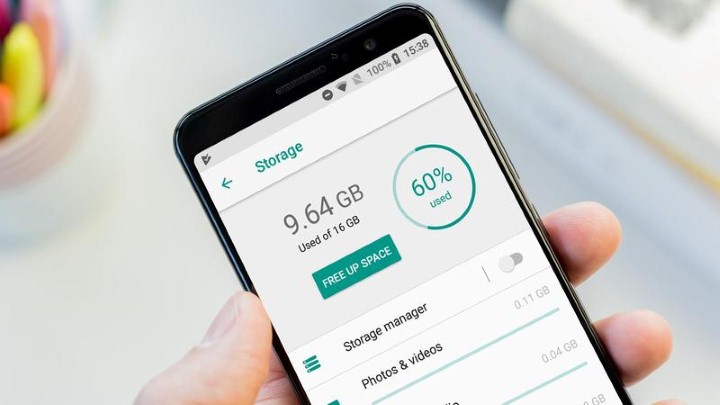
Mobile Networks and communication – Xiaomi Redmi 4 (4X) Review
Mobile networking refers to technology that can support voice and/or data network connectivity using wireless solutions. There are three types of mobile networks in use: 3G, 4G (LTE), and 5G. All of it are working on the most modern cellular phones. However, 5G has been created with an expanded capacity to enable next-generation user experiences, empower new deployment models, and deliver new services.
Xiaomi Redmi 4 (4X) supports the following networks: 3G. For more information, refer to Xiaomi Redmi 4 (4X) 3G article. – 4G. For more information, refer to Xiaomi Redmi 4 (4X) 4G article.
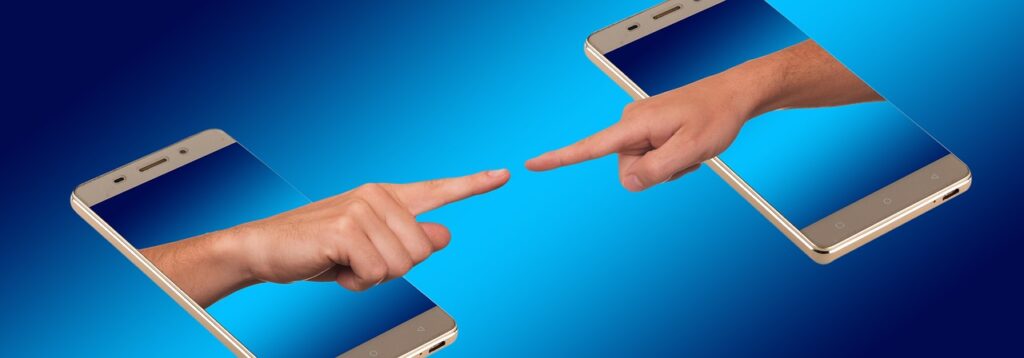
Read About Wireless Connections – Xiaomi Redmi 4 (4X) Review
This model comprises the following wireless communications:
* WLAN connection: {Wi-Fi 802.11 b/g/n, Wi-Fi Direct, hotspot}. Wireless Local Area Network depends on Wi-Fi to connect to the home or office wireless network using the local router and provides Internet access.
* Bluetooth connection: {4.2, A2DP, LE}. It is a common wireless communication protocol used to connect two devices together over short ranges, allowing them to share data between different devices.
* GBS connection: {Yes, with A-GPS, GLONASS, BDS}. Global Positioning System allows cellphones to determine any position you need.
* USB connection: {microUSB 2.0}.Universal Serial Bus is wired technology that allows users to connect two devices, such as a smartphone with a PC, to either transfer data or to charge the connected device.
* Features Sensors: {Fingerprint (rear-mounted), accelerometer, gyro, proximity, compass}. The sensor is a device that detects and majors the changes in the nearby environment such as ambient light and motion.

The Operating System – Xiaomi Redmi 4 (4X) Review
This model comes with {Android 6.0.1 (Marshmallow), upgradable to 7.1.2 (Nougat), MIUI 11} operating system.
Xiaomi Redmi 4 (4X) Review of The Battery Main Specs
Nothing is more essential than the battery of the cellphone that keeps these gadgets running and providing daily life working. In the following lines, you’ll see a Xiaomi Redmi 4 (4X) review of its primary battery.
* Battery Technology: {Li-Po}.
* Xiaomi Redmi 4 (4X) comes with {non-removable} battery.
* Battery Capacity: {4100} mAh. It refers to the amount of storage volume a specific battery is able to provide. A battery with a 3100 mAh capacity rating could supply a current of 3100 mA for one hour. Higher mAh ratings for the same battery kind will usually mean more working time.
* Battery Talk Time: {Up to 36 h (3G)}.
* Continuous Audio Playback Time: {Up to 87 h}.
* Battery Stand by: {Up to 432 h (3G)}.
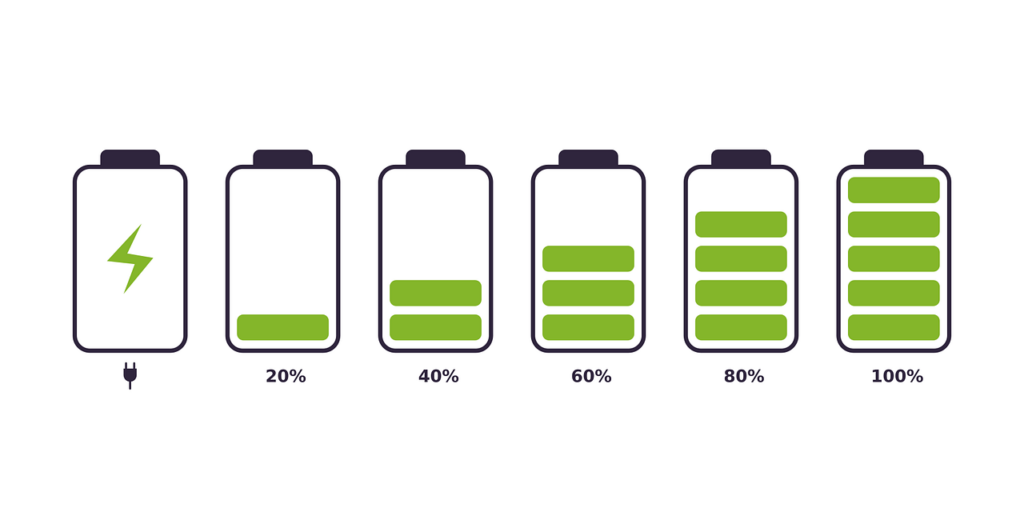
Xiaomi Redmi 4 (4X) Review – The Battery Secondary Specifications
Along with the major Xiaomi Redmi 4 (4X) characteristics that we just discussed, this model contains more battery-related characteristics that differ somewhat depending on the kind of cellular phone.


